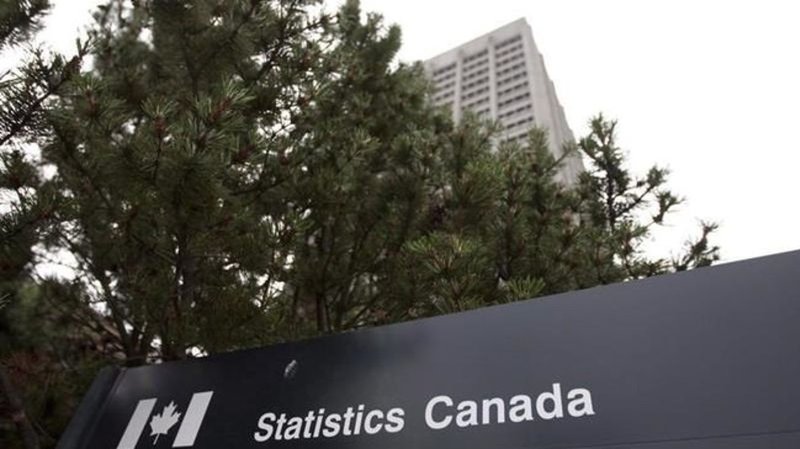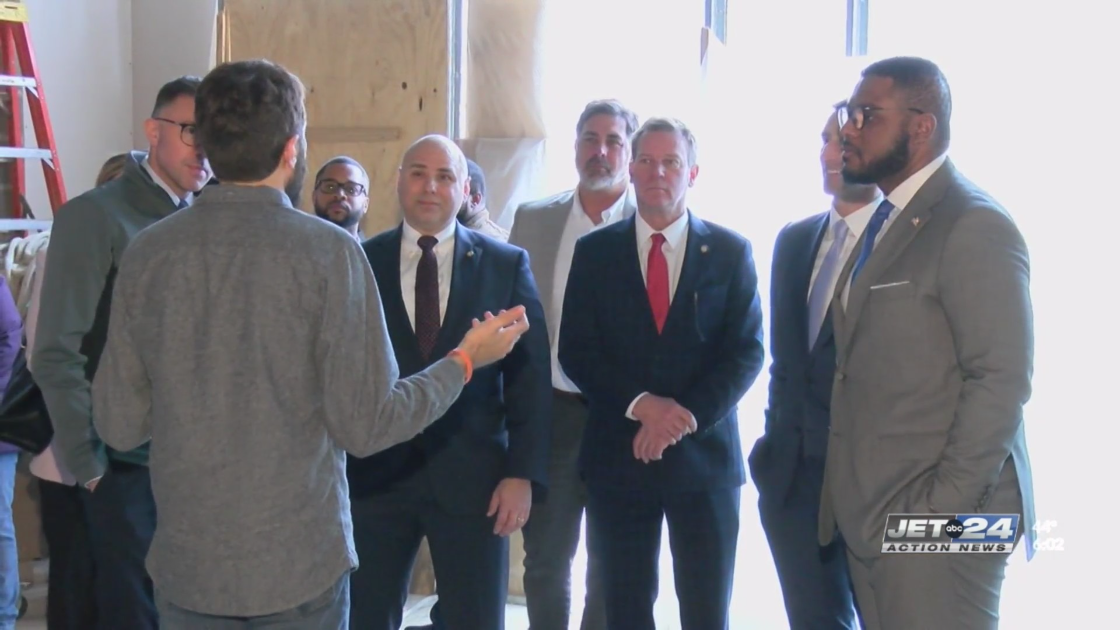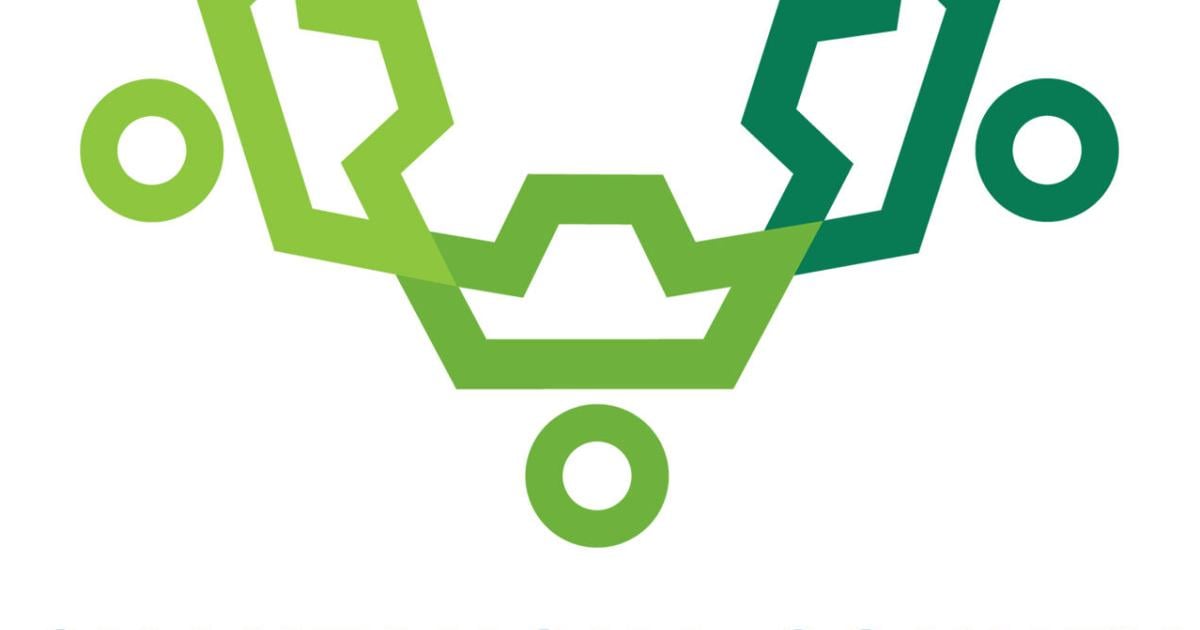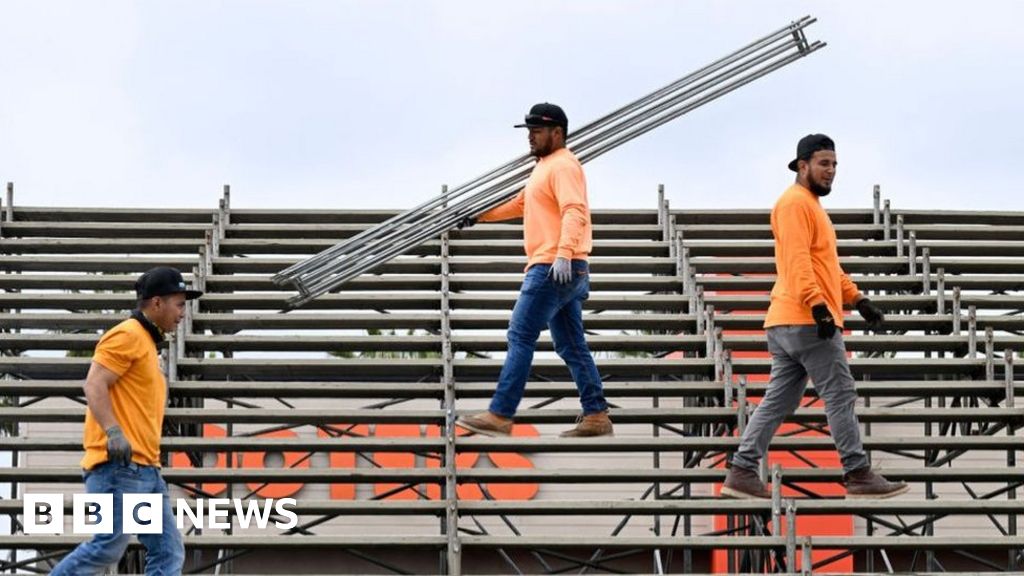After recording zero growth in the fourth quarter, the Canadian economy bounced back in January as real gross domestic product grew by 0.5 per cent.
Statistics Canada’s preliminary estimate for February suggests the economy grew by 0.3 per cent.
However, RBC says it expects growth to come in lower than the federal agency’s estimate due to lower manufacturing sale volumes, as well as a fall in wholesale and retail sales.
The Bank of Canada’s aggressive rate hikes are expected to slow the economy this year, as high borrowing costs constrain spending.
—
Also this …
Workers in Canada’s largest federal public service union are hitting the picket lines for the 10th day as negotiations continue.
Both sides are facing pressure to reach a deal, though there is no talk of back-to-work legislation being on the way.
According to an update from Treasury Board President Mona Fortier earlier this week, wages and remote work are among the points of contention in the labour dispute.
The federal government is offering a nine per cent wage increase over three years, backdated to 2021.
Meanwhile, the union says it has adjusted its initial ask for a 13.5 per cent increase over the same period of time — but is not revealing the new number.
As the strike continues, Canadians are facing a wide range of federal service disruptions ranging from immigration services to passport applications.
—
And this too …
Prime Minister Justin Trudeau will take his Canadian sales pitch to an influential U.S. audience this morning.
Trudeau is at the Council on Foreign Relations, a respected New York think tank, to promote Canada as a wise investment and trusted trading partner.
The idea is to capitalize on the momentum that was generated by last month’s visit to Ottawa by U.S. President Joe Biden.
The centrepiece of that visit was a new Canada-U. S. strategy for the extraction, development and processing of critical minerals.
Experts say would-be investors and developers now want to hear how Canada plans to streamline the regulatory process in order to capitalize on the country’s underground riches.
Kirsten Hillman, Canada’s envoy to the U.S., acknowledges the appetite for clarity and says it’s a high priority — although the details likely won’t come today.
Contrary to conventional wisdom, Canada’s permitting processes are actually more efficient than those in the U.S., although she agrees they need improvement.
“I’m not saying it’s good enough. And I’m not saying we don’t want to continue to streamline and improve,” Hillman said Thursday.
“But we already have a natural advantage there, and we’ll continue to improve it.”
—
What we are watching in the U.S. …
ALBUQUERQUE, N.M. _ Tens of thousands of people are gathering in New Mexico for what organizers bill as the largest powwow in North America.
The annual Gathering of Nations kicks off Friday with a colourful procession of Native American and Indigenous dancers from around the world moving to the beat of traditional drums as they fill an arena at the New Mexico state fairgrounds.
The dancers slowly spiral their way, one by one, toward the centre of the venue, making for a spectacular display.
This marks the 40th year for the gathering, which has grown from humble beginnings in 1983 into a massive celebration with Indigenous people showcasing their cultures through dancing and singing competitions.
Spectators get a chance to see the competitors’ feathered bustles, buckskin dresses, fancy shawls, and beaded head and hair pieces. Many of the dancers’ elaborate outfits are detailed with hand-stitched designs.
Most dancers at the Gathering of Nations compete for prize money.
More than two dozen contestants from the U.S. and Canada also are vying for the title of Miss Indian World. The winner will be crowned on the final night of the powwow and will spend the next year serving as a cultural ambassador as she travels to events and other powwows.
Several hundred Native American tribes in the United States and First Nations in Canada are represented at the gathering, which has become Albuquerque’s second-largest annual festival and brings in more than $20 million for the local economy each year.
Organizers held virtual gatherings in 2020 and 2021 because of COVID-19 restrictions. This is the second in-person gathering since public health regulations were relaxed.
—
What we are watching in the rest of the world …
KYIV, Ukraine _ Russia fired more than 20 cruise missiles and two drones at Kyiv and other parts of Ukraine early Friday, killing at least five people and striking a residential building in central Ukraine, officials said.
Air raid sirens sounded around the capital in the first attack against the city in nearly two months and Ukraine’s air force intercepted 11 cruise missiles and two unmanned aerial vehicles over Kyiv, according to the Kyiv City Administration.
There were no immediate reports of any missiles hitting targets in Kyiv but fragments from intercepted missiles or drones damaged power lines and a road in one neighbourhood. No casualties were reported.
But in Uman, around 215 kilometres south of Kyiv, two cruise missiles hit a nine-story residential building, killing three people and wounding eight, said regional Governor Ihor Taburets.
One of the people killed was a 75-year-old who was in her apartment in a neighbouring building and suffered internal bleeding from the shockwave of the blast, according to emergency personnel on the scene.
A 31-year-old woman and her two-year-old daughter were also killed in the eastern city of Dnipro in another attack, regional Governor Serhii Lysak said. Four people were also wounded, and a private home and business were damaged.
In Kyiv, the anti-aircraft system was activated, according to the Kyiv City Administration. Air raid sirens started at about 4 a.m. and the alert ended about two hours later.
The attack was the first on the capital since March 9.
The attacks came as NATO announced that its allies and partner countries have delivered more than 98 per cent of the combat vehicles promised to Ukraine during Russia’s invasion and war, strengthening Kyiv’s capabilities as it contemplates launching a counteroffensive.
Along with more than 1,550 armoured vehicles, 230 tanks and other equipment, Ukraine’s allies have sent “vast amounts of ammunition” and trained and equipped more than nine new Ukrainian brigades, NATO Secretary-General Jens Stoltenberg said.
More than 30,000 troops are estimated to make up the new brigades. Some NATO partner countries, such as Sweden and Australia, have also provided armoured vehicles.
—
On this day in 1996 …
A hockey era ended as the Winnipeg Jets lost their final game. The visiting Detroit Red Wings beat the Jets 4-1 to win their playoff series in six games. The Jets moved to Phoenix for the next season and were renamed the Coyotes. (In 2011, the Atlanta Thrashers franchise relocated to Winnipeg and was reborn as the Jets.)
—
In entertainment …
James Corden used part of his farewell speech on Thursday’s final episode of CBS’ “The Late Late Show” to address the deep rift in America over hot button issues including politics and ideology.
“We started this show with Obama, then Trump and a global pandemic. I’ve watched American change a lot. I’ve watched divisions grow and I’ve felt a sense of negativity boil over,” said the host. He asked his audience to “remember what America signifies to the rest of the world. My entire life it has always been a place of optimism. … Yes, it has flaws but show me a place that doesn’t. Show me a person that doesn’t.
“Just because somebody disagrees with you it doesn’t make them bad or evil. We are all more the same than we are different. There are so many people who are trying to stoke those differences and we have to try as best we can to look for the light, look for the joy. If you do, it’s out there. That’s all this show has ever been about,” he said.
Corden announced one year ago that he would be ending his late-night show after eight seasons, citing a desire to return to his native U.K. to be closer to family and loved ones. His parents were seated in the audience for the final taping, and his sisters, he joked, were in town too _- but at a bar instead.
Also Thursday CBS aired a primetime special called “The Last Last Late Late Show Special” featuring taped segments with Tom Cruise (where they performed stunts and sang a duet of “Can You Feel the Love Tonight” from “The Lion King”) and Adele, where they taped a final Carpool Karaoke segment.
Harry Styles and Will Ferrell were Corden’s final guests. Styles has been a frequent visitor to the show, and has even guest-hosted twice. He’s been game for a number of taped bits with Corden including the time the host directed a music video for Styles’ song “Daylight” for just $300 and when the musician took part in a more than 11-minute segment featuring a U.K. Vs. US dodge ball game where Corden, Styles, “Games of Thrones” actor James Bradley and Benedict Cumberbatch faced off against players including Michelle Obama, Mila Kunis, Kate Hudson, Lena Waithe, and Melissa McCarthy.
There were also goodbyes from the other late night hosts. Seth Meyers, Jimmy Kimmel, Jimmy Fallon, Stephen Colbert and David Letterman all appeared in a pre-taped segment with Corden. They joked that since Corden was ending his show, they could each call dibs on one of his segments.
They all chose Carpool Karaoke, referencing Corden’s most popular sketch where he drives around Los Angeles with celebrities and sing songs. Paul McCartney, Justin Bieber, Mariah Carey, Stevie Wonder and Chris Martin are a few of his Carpool Karaoke passengers. The segment was such a hit that it spun-off into its own series for Apple. Corden only appeared in the debut episode with Will Smith in the car.
Corden closed out the night by playing a piano and singing a song with the crew and staff gathered around the stage. “Part of me thinks I should stay here forever but deep in my heart I just know,” Corden sang. “No more shows to be showing, it’s time I was going, It’s time. Thanks for watching, that’s our show.”
—
Did you see this?
BURNABY, B.C. _ A senior from Burnaby, B.C., was scammed out of more than $7.5 million dollars in a cryptocurrency ruse, prompting the latest warning from police about cryptocurrency-based fraud schemes.
Police say the elaborate con lasted several months and included the victim being scammed out of money both in the original fraud and then by someone claiming they could help get her money back.
An RCMP statement says the victim told police she received a Mandarin language text message in the Spring of 2022 from someone looking for information related to her personal business history.
The pair spoke frequently by phone, text, email, and over a chat app until the scammer began convincing the victim to invest millions of dollars through an online cryptocurrency trading app.
Police say the app she was using was a fake made to look legitimate and when she realized she couldn’t withdraw money, the fraudster disappeared.
Police say the victim was then contacted by someone else who said he could help get her money back and threatened her until she sent more in what turned out to be a second scam.
Police say the case is still under investigation.
They say warning signs commonly seen in cryptocurrency frauds include suspects providing victims with excuses to use when withdrawing money from the bank, an unusually high return on investments in a short amount of a time, and no formal investment contract.
—
This report by The Canadian Press was first published April 28, 2023.
The Canadian Press









